|
Cupido argiades / Short-tailed Blue
Trupshkurtra blu-vjollcë
Lycaenidae - Polyommatinae
Cupido argiades (Pallas, 1771). TL: Samara, S. Russia.
 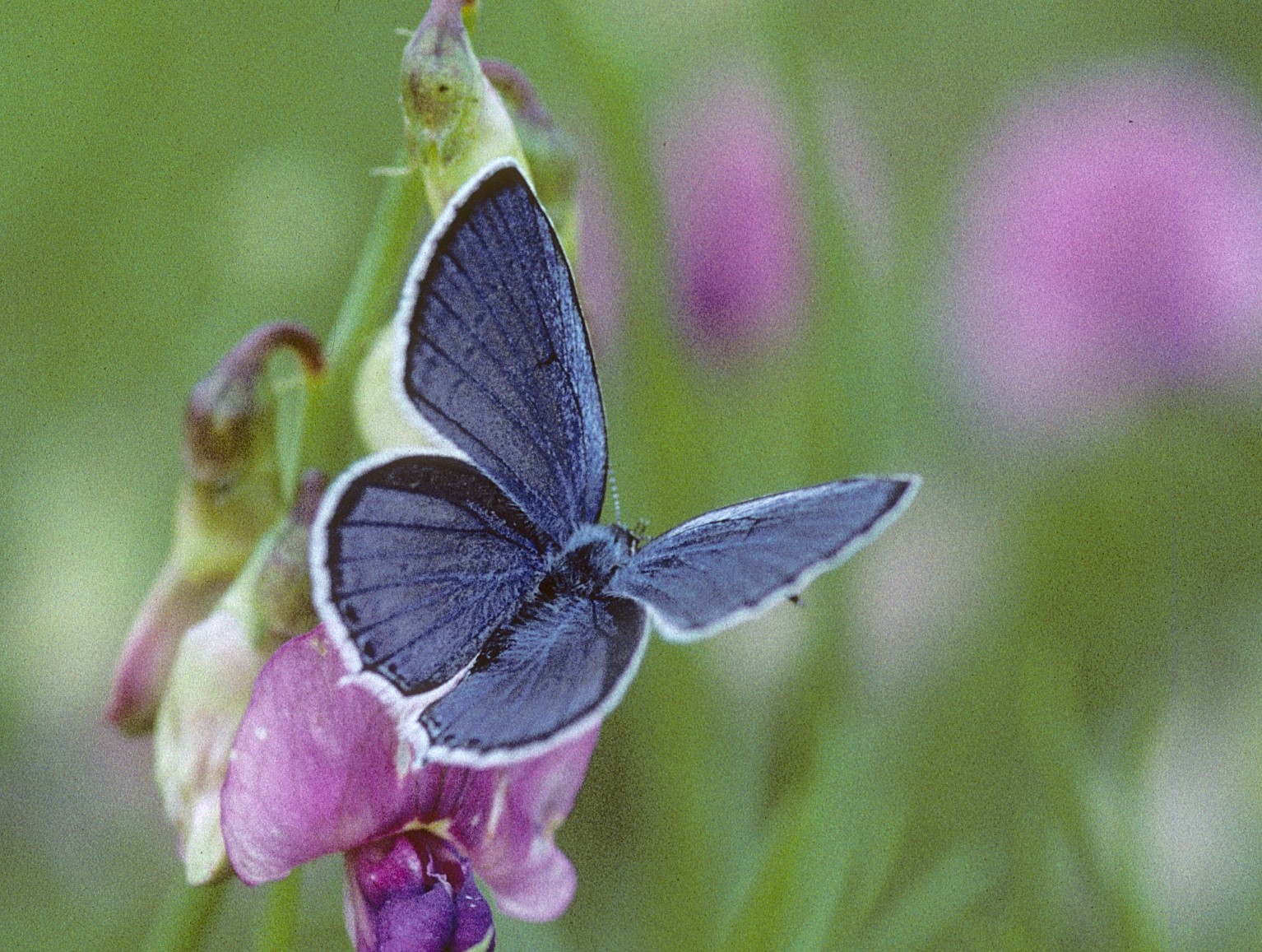
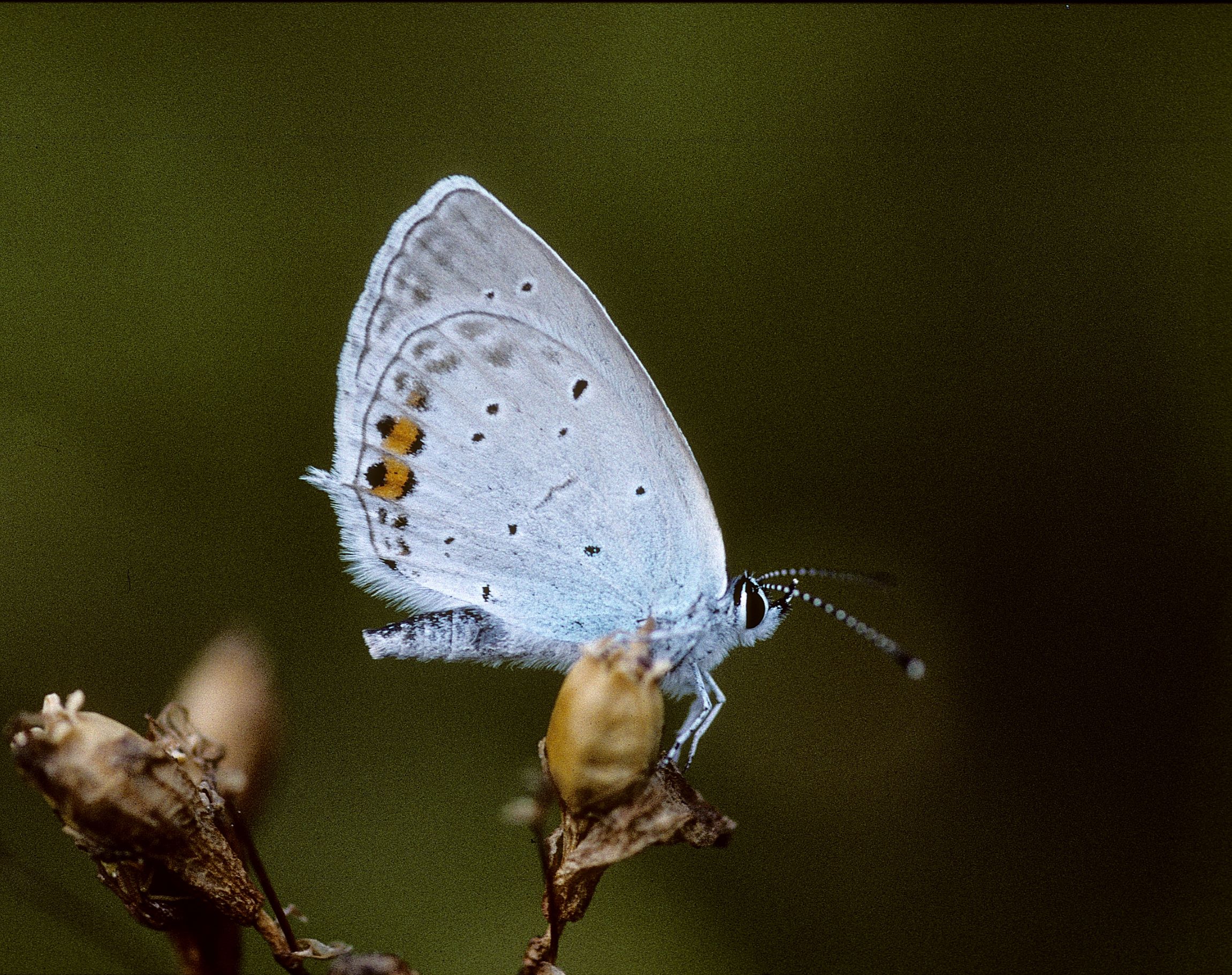 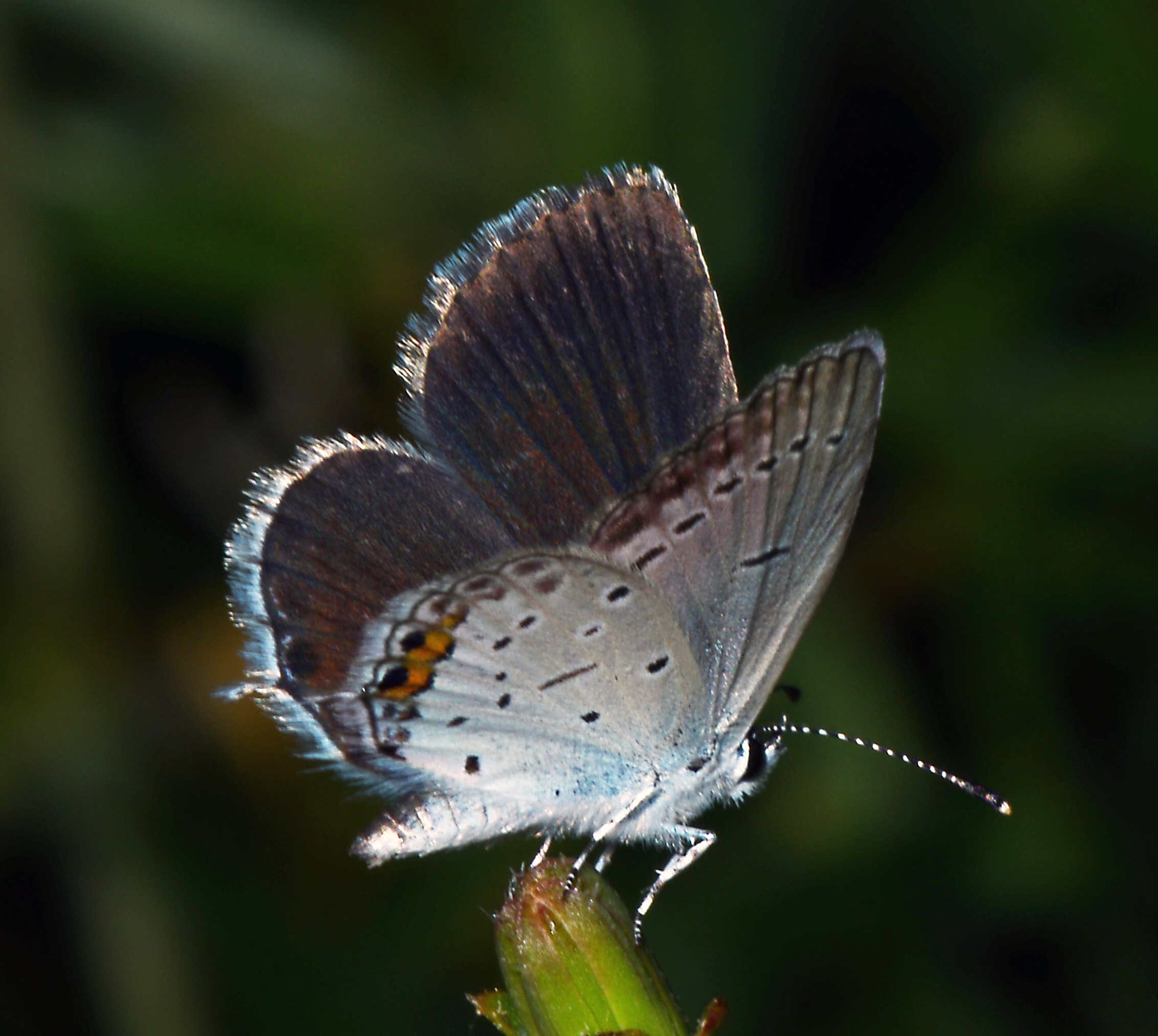 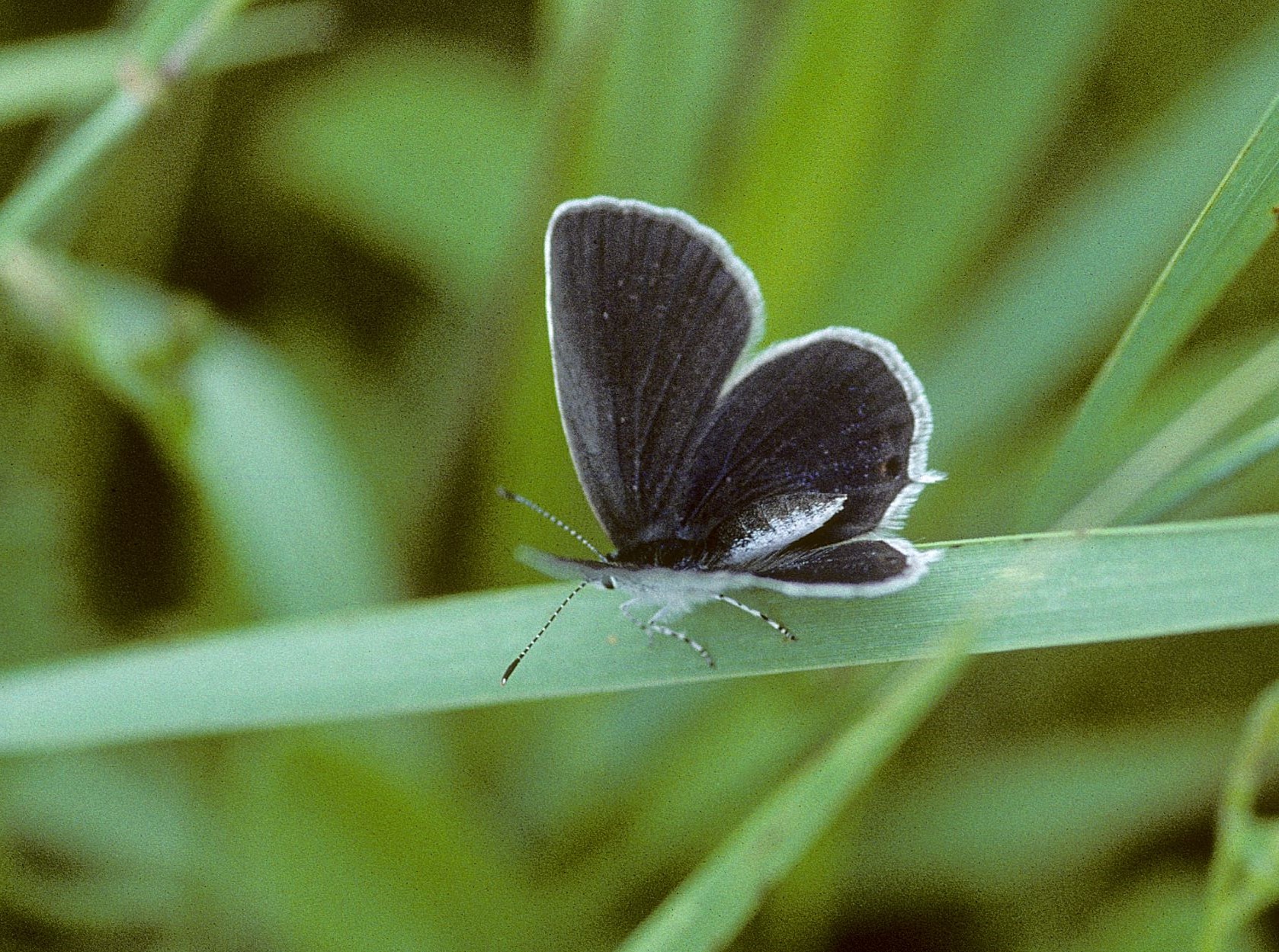
1a. Cupido argiades, distribution map (09.i.2025).  Historical data ; Historical data ;  Additional data from the 2018 update ; Additional data from the 2018 update ;  New observations since the 2018 update. New observations since the 2018 update.
1b. Cupido argiades ♂ upperside. Poland (© Tom Kristensen)
1c. Cupido argiades ♂ underside. Poland (© Tom Kristensen)
1d. Cupido argiades ♀ lateral. Greece (© Lazaros Pamperis)
1e. Cupido argiades ♀ upperside. Greece (©Tom Kristensen)
Description
♂♂
Small butterfly. Fw: 10-15 mm.
Ups: violet blue gc, narrow marginal border.
Hw: small tail at vein 2.
Upf:
pale discal spot often hardly visible.
Uph: sometimes with antemarginal spots in s1b-s4.
Uns: very pale grey gc.
Unf: postdiscal spots in regular series, very slightly curved.
Unh: conspicuous orange dots (2 or 3) near anal angle.
♀♀
Similar size.
Ups: black gc, blue basal suffusion, brown discal spot hardly visible, often slight orange spot or lunules at anal agle in summer broods.
Uns: similar as male.
Unh: conspicuous orange dots (2 or 3) near anal angle.
Similar species
Life cycle
Adults: two to three generations, from end-April to September.
Egg: 5-8 days.
Caterpillar: 16-29 days, overwintering as full-grown larva (23-34 weeks) in the litter layer.
Pupa: 10-16 days.
Habitat
Cupido argiades inhabits flowery meadows and banks, often in damp places, surrounded by shrub from lowland up to 750 m a.s.l.
Spatial requirement low, population density moderate, nomadic.
Foodplants
Caterpillars feed on a large variety of flowering plants: Lathyrus sp., Lotus sp., Medicago sp., Melilotus sp., Securigera varia, Trifolium sp. and Vicia sp., also mentioned are Erica ciliaris, Colutea arborescens and Ulex sp.
Butterflies feed on higher flowers.
Distribution
Albania: local.
Balkan: AL - BG - BIH - GR - HR - NMK - MNE - RKS - RO - SLO - SRB
Europe: IB* - IT - ALP - BAL - NWE* - UK - SCA - EEU
Asia Minor, Transcaucasia, Caucasus and further east.
Conservation status
Cupido argiades is not endangered.
Albanian Red List: NE.
IUCN Red List, category at the Mediterranean level: LC.
Useful links
Bink 2015
Pyrgus.de
Lepiforum
Euroleps
|
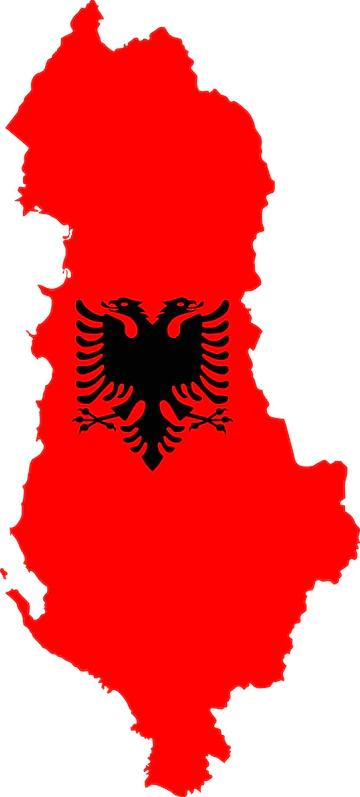 xx
xx 





 Historical data ;
Historical data ;  Additional data from the 2018 update ;
Additional data from the 2018 update ;  New observations since the 2018 update.
New observations since the 2018 update.